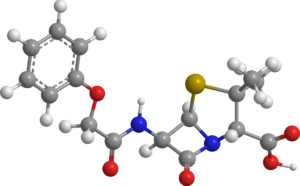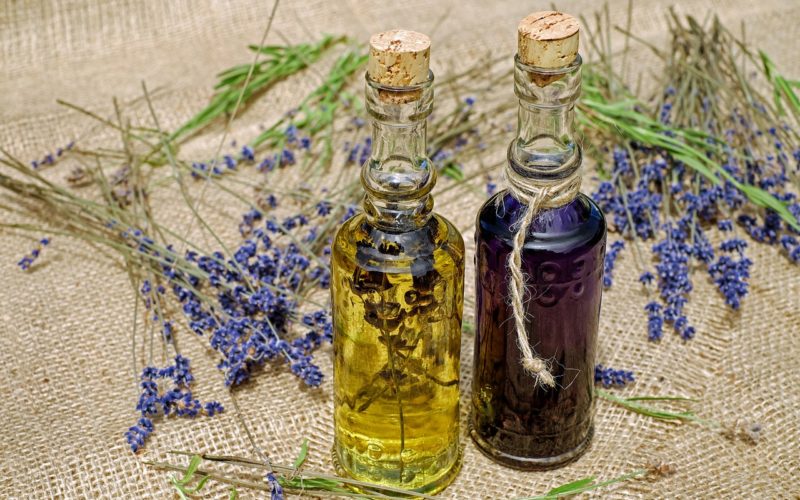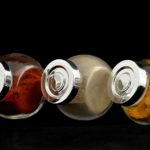Just like it happens with other types of herbs and plants, it is possible to find kratom essential oil. In this article, we will explain you the process for making kratom oil. But we’ll also talk about the chemistry of kratom and some scientific facts about mitragynine.
Kratom oil contains about 0.5% of alkaloid, which comprises more than 25 alkaloids. Half of this content is mitragynine, whose structure is related to voacangine and yohimbe. There are reports which suggest that these two alkaloids have aphrodisiac properties.
The Chemistry of Mitragynine
Mitragynine is the most frequent alkaloid in kratom oil. D. Hooper first isolated it in 1907. And E. Field did it again in 1921. It was not until 1965 R. Rosenstein, D. Zacharias and E. Jeffrey established the structure of mitragynine. Other scientific facts about mitragynine are that it is 9-methoxy-corynantheidine and it has the molecular formula C23H30N2O4 with a molecular weight of 398.49 g/mol. It can be dissolved in alcohol, trichloromethane (chloroform) and ethanoic acid.

From the physical point of view, kratom freebase melts at a temperature of 102 – 106 Fahrenheit degrees (38 – 41 Celsius degrees). And its boiling point is 230 – 240 Fahrenheit degrees (110 – 115 Celsius degrees).
Kratom Alkaloids
As you might have guessed, the scientific name of kratom, Mitragyna speciosa, comes from this alkaloid. 100 kratom leaves contain around 85 milligrams of mitragynine. One single fresh kratom leaf has an average weight of 1.7 grams, while a dried leaf has a weight of 0.43 grams. Alkaloids can be divided between indoles (such as mitragynine, paynanthine or speciogynine) and oxindoles (like speciofoline and mitraphylline). Kraton leaves incorporate more indole than oxindole alkaloids. Indole alkaloids are more stable than oxindole alkaloids, which may vary significantly.
Extraction Methods
There are different methods and solvents used for extracting the essential elements of kratom and other plants. However, not all plants allow all solvents for their extraction processes. There are plants that, because of its alkaloids and elements, can only be extracted with alcohol. Whereas for other plants the extraction process needs to be performed in water. If you want to prepare essential oils from plants, it is imperative that you know the chemical composition of the plant and how its components react to the different solvents, so you are capable of choosing the right solvent for that plant.
Kratom Oil Steam Extraction
There are several methods to extracting essential oils, not only for kratom but for every plant. Here we’ll explain to you how one of these methods work: the extraction by steam distillation.
The kratom oil steam extraction is one of the most popular techniques to create kratom oil. But many people find it too long and complicated. In the market (like kratom vendors online) you can buy kratom oil bottles obtained by steaming. In these kratom extract oils, you will often find the full spectrum of kratom alkaloids.Furthermore, many of these oils claim to include 7-9 grams of kratom product per bottle. The final product has a chemical-like taste and can provoke a sense of numbness in the mouth and lips.
Steam Distillation Process
In the process of extracting kratom by steam distillation, you need to place the kratom plant inside a perforated container. This container will be hanging inside a bigger vessel that contains water. Make sure the water never touches the kratom. The water is then heated to 212 Fahrenheit degrees (or 100 Celsius degrees), so it starts to boil.
The steam produced by the boiling water will penetrate then through the kratom plant, extracting its alkaloids and essential oils. The bigger vessel needs to have an opening on the top of its lid which will be connected to a copper pipe that acts as a condenser. The copper pipe, which will have a separator attached at its bottom and will be wrapped around a pole with cool water flowing outside, will catch the steam filled with kratom oil.
The cold water will transform the steam in hydrosol, which will then leak inside the separator at the bottom of the pipe. Then the water will go to the bottom while the oil will remain on the top. The separator needs to have on and off valves. This will facilitate the filtering of the water out of the kratom oil. The whole process may take hours, and because of this and its complexity, many people find it too troublesome.




Kratom has essential oils beneficial for various health problems. Mitragynine is the most frequent alkaloid in the kratom oil. There are several methods for extracting essential oils from kratom plant, one of these methods is steam distillation.
Can you do the same extraction with “powder”, form of the K?
While there are multiple methods for producing an extract from Kratom, none are remotely worth the time and/or expense. Consuming kratom leaf has the best effect. This is one substance that is perfect exactly as Mother Nature made it.